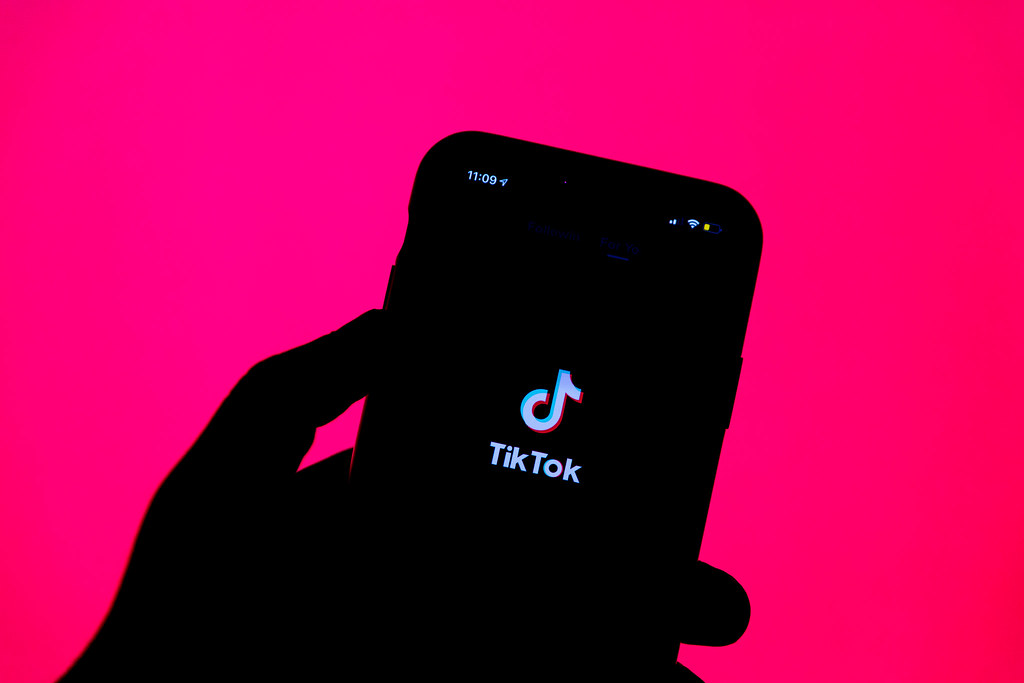The Vogue Challenge, Zoom Meeting Mishaps, Turn Your DMs Into Quotes, Silhouette Challenge – do any of these sound familiar? There’s a good chance that you may have participated in these, or similar, trends yourself. Statistically speaking, with the number of active TikTok users in the U.S. reaching an astounding 138 million as of this March, there’s over a 41% chance that you know exactly what I’m talking about [1]. Now, before you get defensive and claim to be in the majority, just know that this article is not here to shame you. Rather, it’s just to have some discourse about a very relevant topic that isn’t often discussed — the neurological effects of TikTok.
As a social media application, TikTok, indigenously known as Douyin in China, has enjoyed a meteoric growth spurt since its inception in 2016, rivaling that of other social media giants such as Facebook. Although Facebook still holds the throne in overall exposure with a global 2.6 billion active users as of early 2021, TikTok has done things a little differently in that it has captivated the attention of the young [2]. Specifically, only 7.1% of their users are ages 50+, whereas 62% are in the 10–29-year-old age group [1]. Surely this is not surprising as TikTok’s brief and stimulating videos couple well with the shorter attention spans of adolescents. While research regarding the psychological and neurological effects of TikTok use (or abuse) is in its seminal stages, public health experts have already begun to express concern due to the platform’s disproportionate user age distribution [3].
Of these concerns, one particularly worrying is TikTok’s addictive nature. Behind this addiction lies a highly advanced algorithm designed to curate an endless stream of videos based on an individual’s unique interests as determined by retrospective analysis of the user’s interactions with previously viewed content. Therefore, TikTok is incredibly successful in capturing and maintaining the attention of its audience. Although this type of technology is not exclusive to TikTok, its use in combination with the app’s user demographics is enough reason to investigate further. This is exactly what researchers from Zhejiang University in China set out to do in 2021. Using functional magnetic resonance imaging (fMRI) to measure and map brain activity, Su et al. discovered that TikTok users who viewed what they called personalized videos (i.e., videos that have been carefully tailored to the viewer by the algorithm) had drastically enhanced activation of the ventral tegmental area (VTA) when compared to individuals who viewed generalized videos (i.e., videos lacking user-specific preferences) [4]. The VTA is instrumental to the brain’s reward circuity and heavily implicated in the pathophysiology of addiction of various etiologies (e.g., substance abuse, gambling, pornography, etc.) and other psychiatric disorders. Put simply, watching TikTok videos may be activating the same brain regions that contribute to addictive disorders, which probably explains why the average user opens the app 8 times per day and spends 52-90 minutes on it per day [1].
Apart from addiction, another very intriguing finding that has alarmed neurology clinics across the nation is that of an uptick in tics as a result of TikTok. These so-called “TikTok tics” began to surface during the COVID-19 pandemic when the app’s usage became particularly pervasive. Interestingly, over a 3-week period in March of 2021, views of videos with keywords #tic and #tourette jumped by 7%, yielding a total of 5.8 billion views [5]. In 2021, doctors at Rush University Medical Center in Chicago set out to study this phenomenon. Olvera et al. looked at the most highly viewed videos with the aforementioned keywords (and others) and reviewed the entire series of videos and written profiles of 28 of the most popular content creators. In this cohort, mostly comprised of women with a mean age of 18.8 years old, the average number of tics per minute was 29 with almost all recorded tics causing significant disability [5]. In this group, coprolalia, copropraxia, and self-injurious behaviors were highly present in the majority of subjects, whereas these behaviors are observed infrequently in typical tic disorders. With 67.9% of the subjects stating that their TikTok tics were from other content creators, the researchers believe these instances to be examples of mass sociogenic illness, defined as “rapid spread of illness signs and symptoms affecting members of a cohesive group, originating from a nervous system disturbance involving excitation, loss or alteration of function, whereby physical complaints that are exhibited unconsciously have no corresponding organic etiology” [6]. Further corroborating this hypothesis is the work of Drs. Hull and Parnes at the Baylor College of Medicine who described 6 teenage girls that developed functional tics as a result of viewing videos from the same TikTok personality [7]. These findings suggest that the spread of functional symptoms, such as tics in these cases, via social media platforms is possible and something that healthcare providers should be aware about.
Although TikTok is a relatively new social media platform, it shares many commonalities with other apps on the market that are being used by similar age groups. Some of these have been studied more in-depth, and there seems to be strong associations between excessive use and some psychiatric disorders such as depression and ADHD. Still, there are undeniable advantages of social media, including TikTok. Aside from the obvious advantages of social interaction, many content creators have taken the liberty to educate their viewers on various topics of expertise. With this in mind, the answer to the question of what to do becomes less apparent. Perhaps time and more research will provide us with better insights and a clearer picture as to how TikTok is affecting our present-day youth and ultimately our combined future.
References
1. Doyle, B. TikTok Statistics – Updated March 2022. 2022 [cited 2022 04/05/2022]; Available from: https://wallaroomedia.com/blog/social-media/tiktok-statistics/#:~:text=Monthly%20Active%20Users%20in%20the,and%2028.8%20million%20in%20March.
2. D’Souza, D. What is TikTok? 2021 [cited 2022 04/05/2022]; Available from: https://www.investopedia.com/what-is-tiktok-4588933#:~:text=The%20name%20TikTok%20is%20meant,million%20account%20list%20to%20TikTok.
3. Montag, C., H. Yang, and J.D. Elhai, On the Psychology of TikTok Use: A First Glimpse From Empirical Findings. Front Public Health, 2021. 9: p. 641673.
4. Su, C., et al., Viewing personalized video clips recommended by TikTok activates default mode network and ventral tegmental area. Neuroimage, 2021. 237: p. 118136.
5. Olvera, C., et al., TikTok Tics: A Pandemic Within a Pandemic. Mov Disord Clin Pract, 2021. 8(8): p. 1200-1205.
6. Bartholomew, R.E. and S. Wessely, Protean nature of mass sociogenic illness: from possessed nuns to chemical and biological terrorism fears. Br J Psychiatry, 2002. 180: p. 300-6.7. Hull, M. and M. Parnes, Tics and TikTok: Functional Tics Spread Through Social Media. Mov Disord Clin Pract, 2021. 8(8): p. 1248-1252.
Ankedo Warda is a member of The University of Arizona College of Medicine - Phoenix, Class of 2024. He graduated with his BS in Exercise, Health and Wellness at Arizona State University before earning his MMS (Master in Medical Studies) at The University of Arizona College of Medicine - Phoenix as part of the Pathway Scholars Class of 2020. Ankedo is interested in the fields of emergency medicine and orthopedic surgery. During leisure, Ankedo enjoys spending time with his family, weight-training and drawing.


